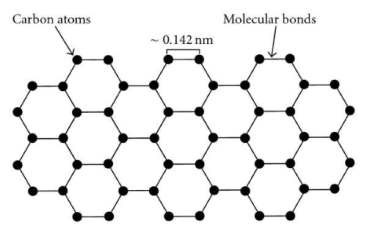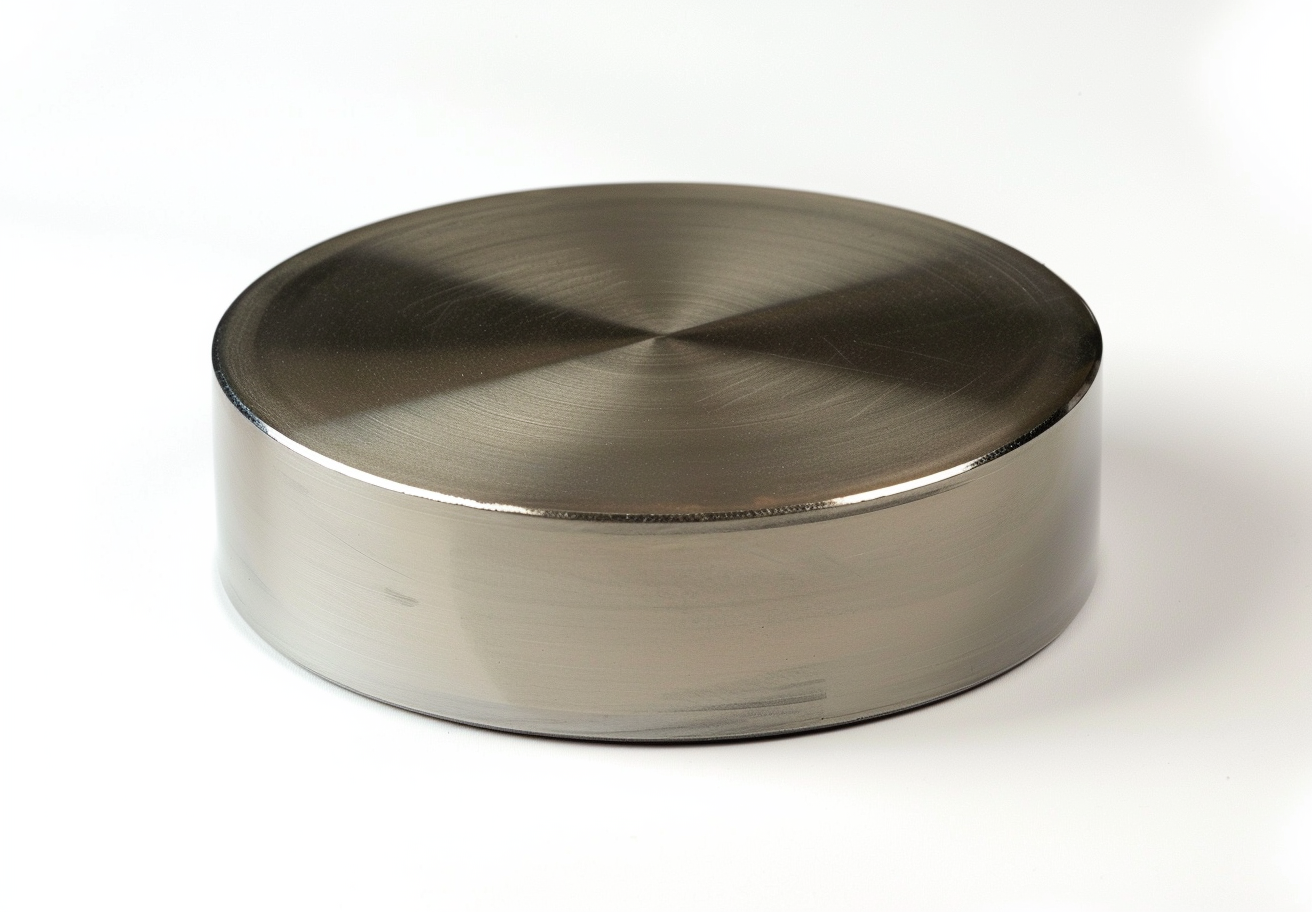Graphene Film: Strong Or Fragile?
Introduction
Graphene is a one-atom thick layer composed entirely of carbon. It is the subject of detailed scientific investigation given its unique atomic arrangement and potential technical applications. This article details the atomic structure, the measured tensile strength, the issues associated with increasing sheet size, and the progress made in scalable production methods.
The Atomic Structure of Graphene
Graphene forms a hexagonal lattice of carbon atoms. A single layer has a thickness of approximately 1 nm. When multiple layers are stacked, the resulting material is known as graphite. In contrast, carbon fibres employ a different structural configuration that limits interlayer movement.

The Measured Tensile Strength of Graphene
Graphene is reported to exhibit high tensile strength. A study conducted by the Columbia University in 2008 attributed this strength to the covalent carbon–carbon bonds and the low incidence of microscopic defects. The theoretical tensile strength is measured at 42 N/m; however, practical use must account for defects such as cracks and scratches.
The Issue of Fragility
Graphene exhibits high intrinsic strength at the atomic scale. As the area of a graphene sheet increases, the likelihood of structural imperfections also increases. This reduction in effective strength poses a challenge for its application as a macroscale material. Production and handling processes therefore must implement measures that reduce defect occurrence.

Advances in Production Methods
Production techniques directly affect the performance characteristics of graphene. Chemical vapour deposition (CVD) uses a process in which carbon atoms are deposited onto a substrate. Consequently, the surface quality is improved although some imperfections may still be present. In 2011, silicon-based epitaxial growth technology was introduced, and it has been evaluated for large-scale production with improved surface consistency.
The Promise of Roll-to-Roll Manufacturing
On 01/09/2013, Graphene Frontiers introduced a roll-to-roll manufacturing technique for graphene. Although CVD produces consistent quality, it is expensive and impractical for commercial production. The approach by Graphene Frontiers has the potential to overcome these challenges, thereby yielding a mass production method that produces graphene meeting strict technical specifications.
Conclusion
The investigation demonstrates that graphene is not merely a subject of academic interest but holds potential for practical applications. Its hexagonal atomic structure and the challenges related to size-dependent fragility require further detailed research. Stanford Advanced Materials remains engaged in research to develop scalable and cost-efficient production methods, thereby assisting in making graphene a viable material for various industrial applications.

 Bars
Bars
 Beads & Spheres
Beads & Spheres
 Bolts & Nuts
Bolts & Nuts
 Crucibles
Crucibles
 Discs
Discs
 Fibers & Fabrics
Fibers & Fabrics
 Films
Films
 Flake
Flake
 Foams
Foams
 Foil
Foil
 Granules
Granules
 Honeycombs
Honeycombs
 Ink
Ink
 Laminate
Laminate
 Lumps
Lumps
 Meshes
Meshes
 Metallised Film
Metallised Film
 Plate
Plate
 Powders
Powders
 Rod
Rod
 Sheets
Sheets
 Single Crystals
Single Crystals
 Sputtering Target
Sputtering Target
 Tubes
Tubes
 Washer
Washer
 Wires
Wires
 Converters & Calculators
Converters & Calculators
 Write for Us
Write for Us
 Chin Trento
Chin Trento



